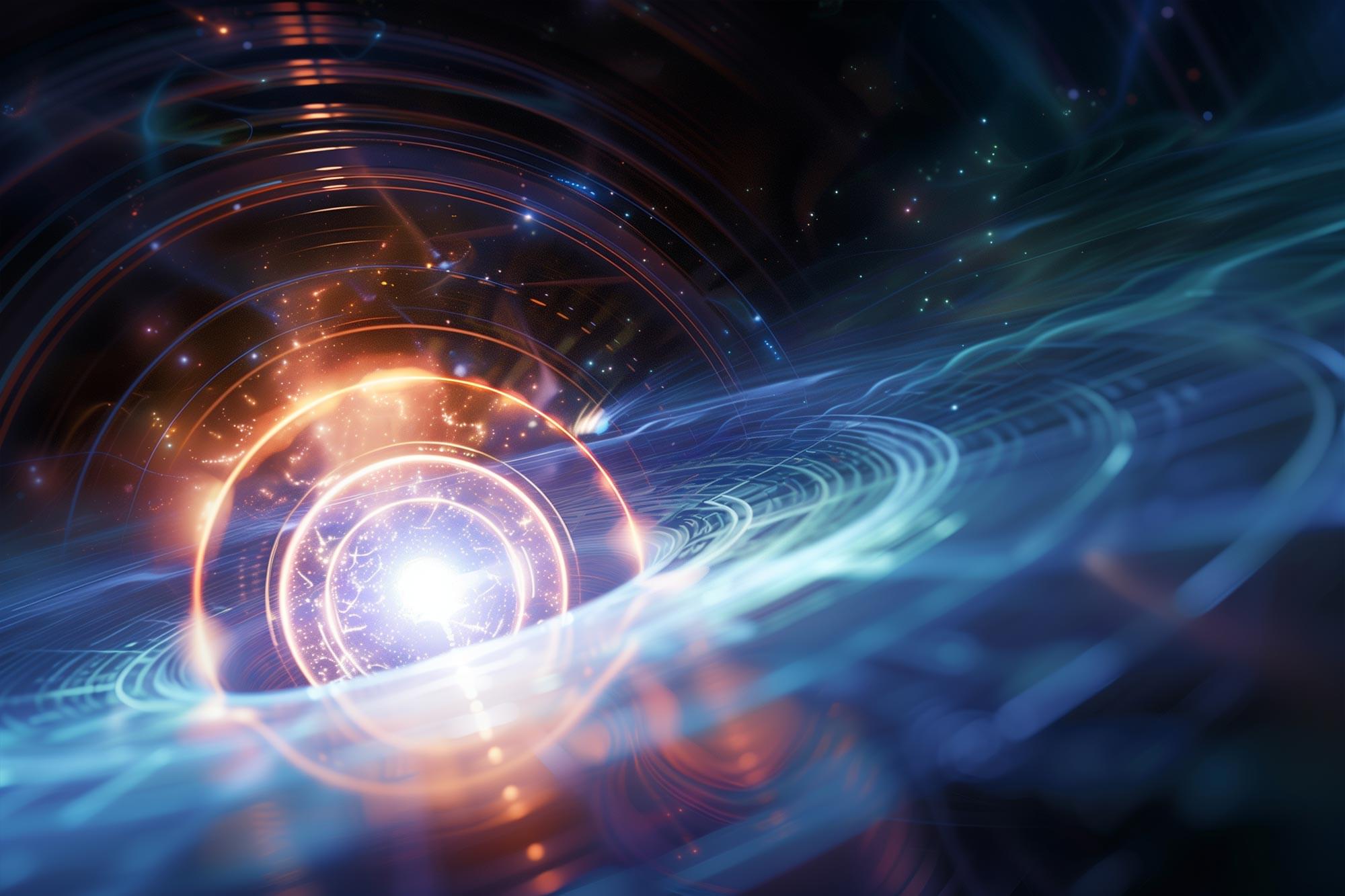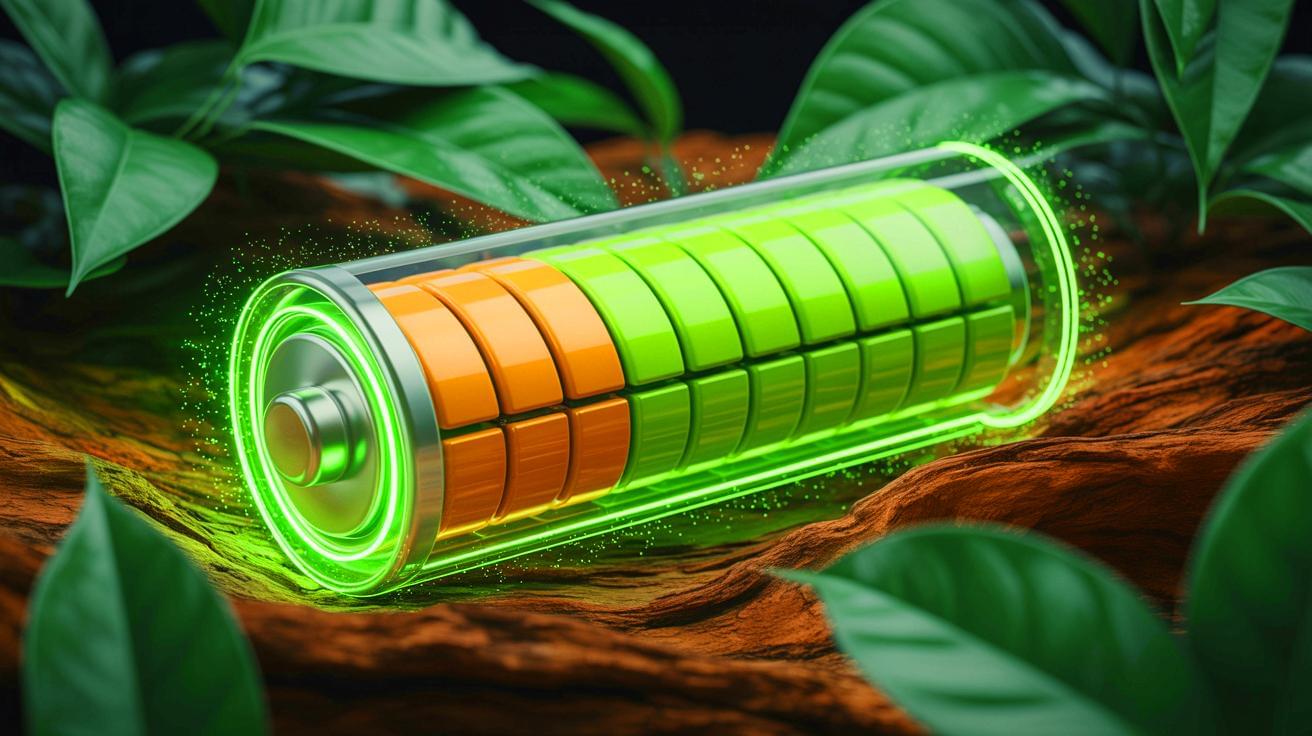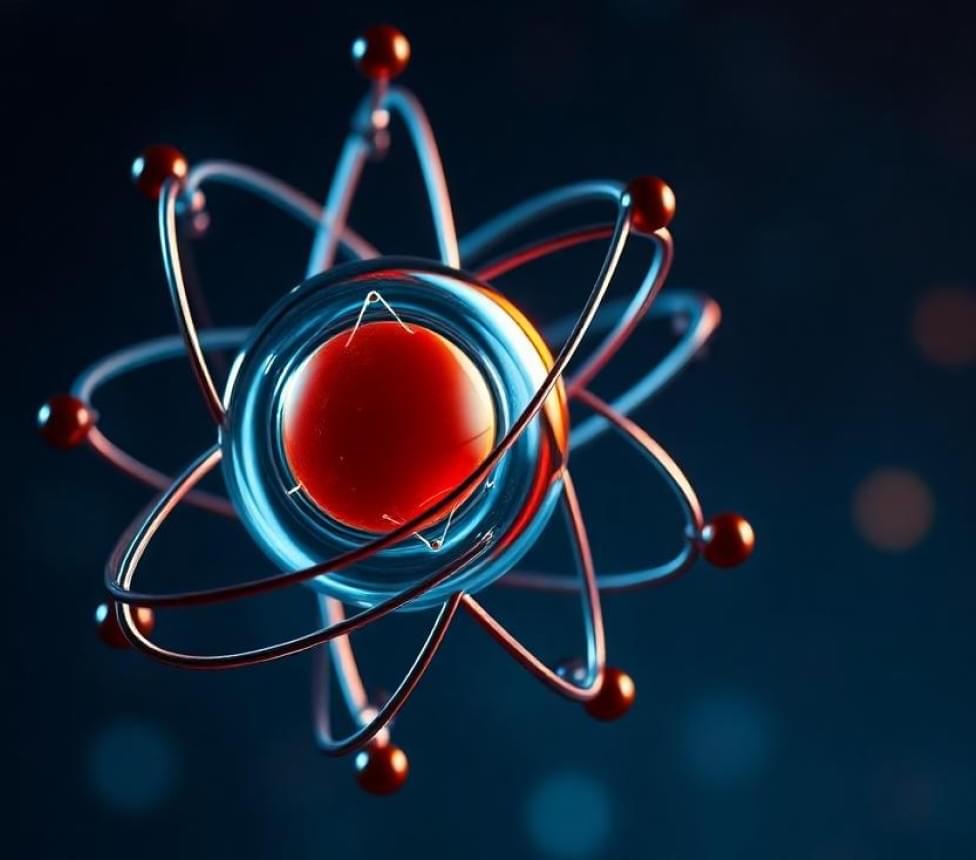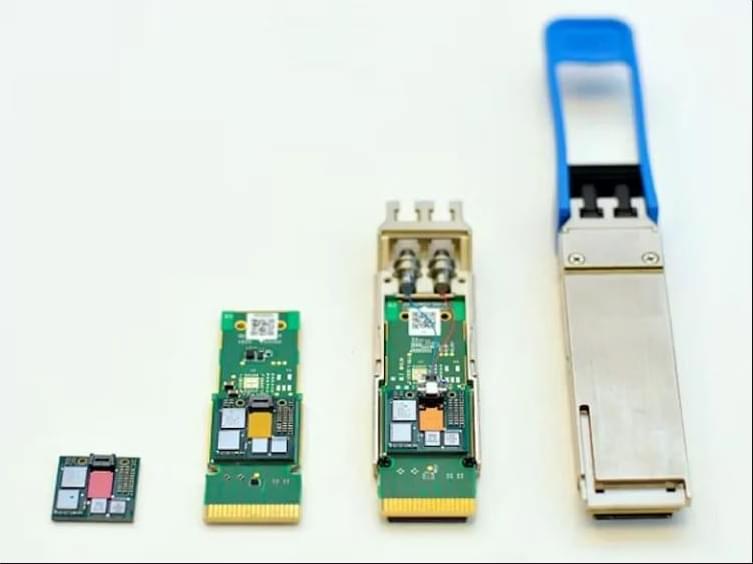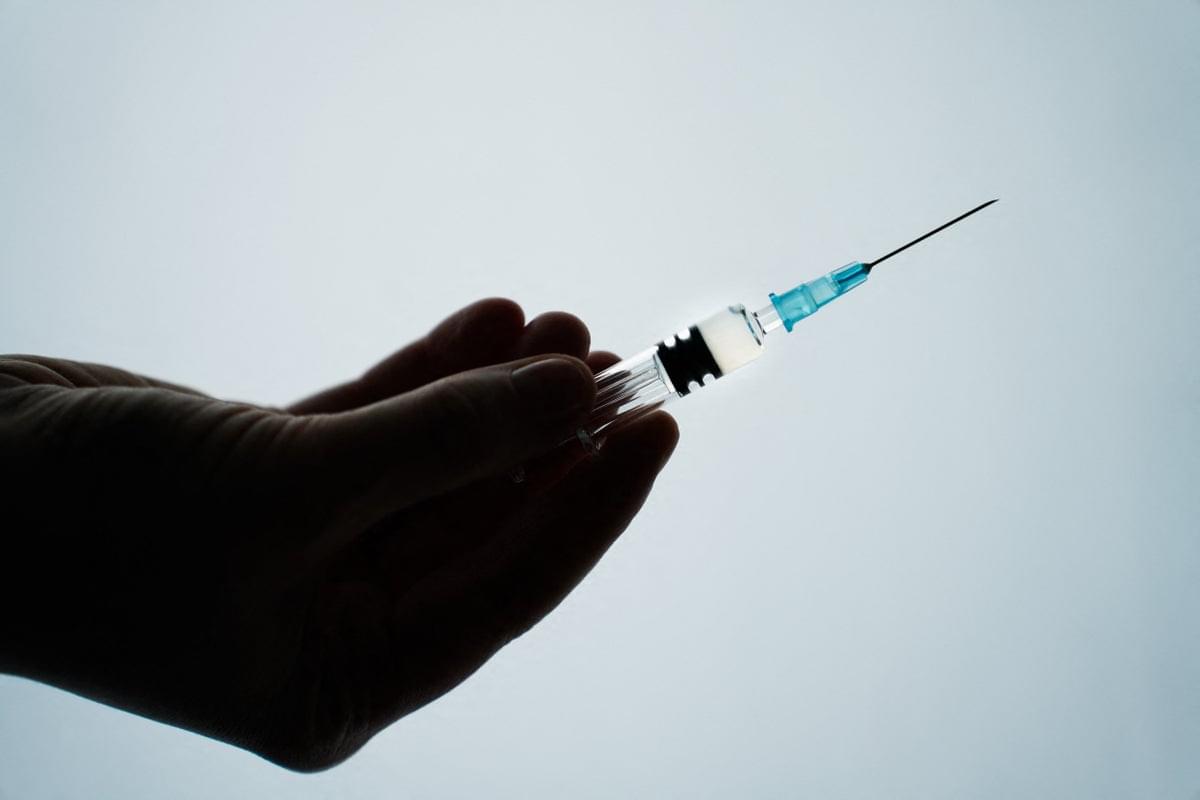Growth in 2.5D and 3D packaging solutions has accelerated off-the-board technology and the components which leverage it, both in terms of the fastest digital processors but also in proprietary ASICs and application processors. As high-bandwidth digital channels approach the practical limits of copper interconnects, silicon photonics and on-PCB/in-package optical interconnects may emerge as the next transformative wave of off-the-board technology.
This opinion is shared by insiders within the PCB and packaging side of the industry.
“Off the board technology is growing at an amazing rate, and isn’t being replaced by optical solutions, it’s enabling more optical solutions,” said Joe Dickson, senior VP chip-to-chip reliability and innovation at WUS PCB International. “They are not competition, they are tools to go much farther than we can today.”
